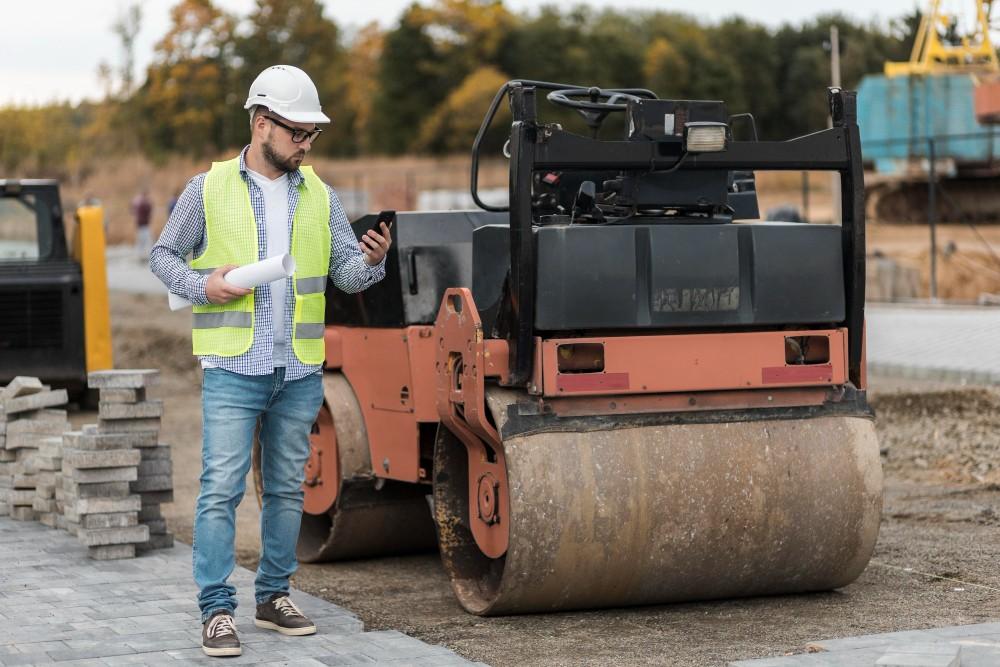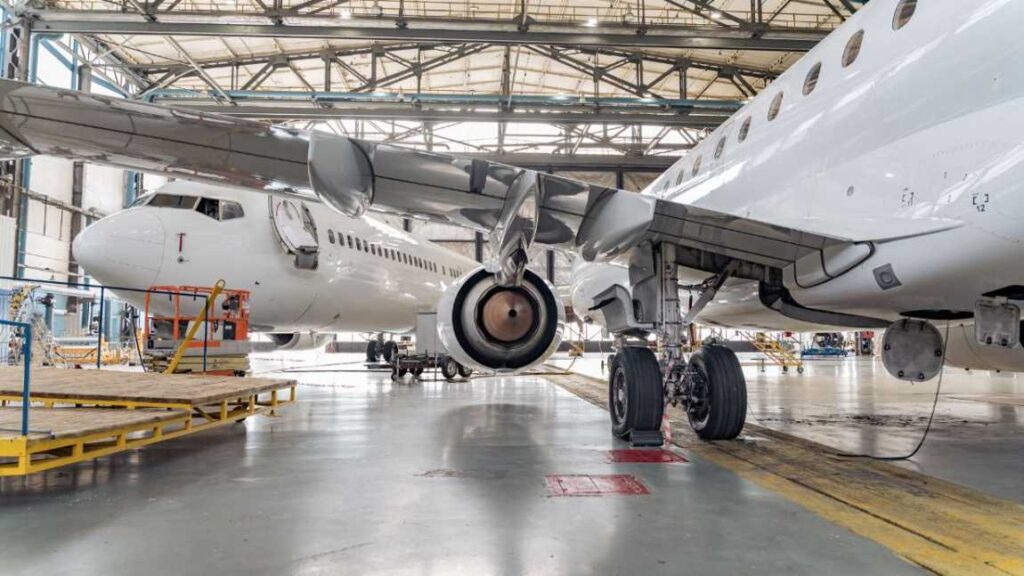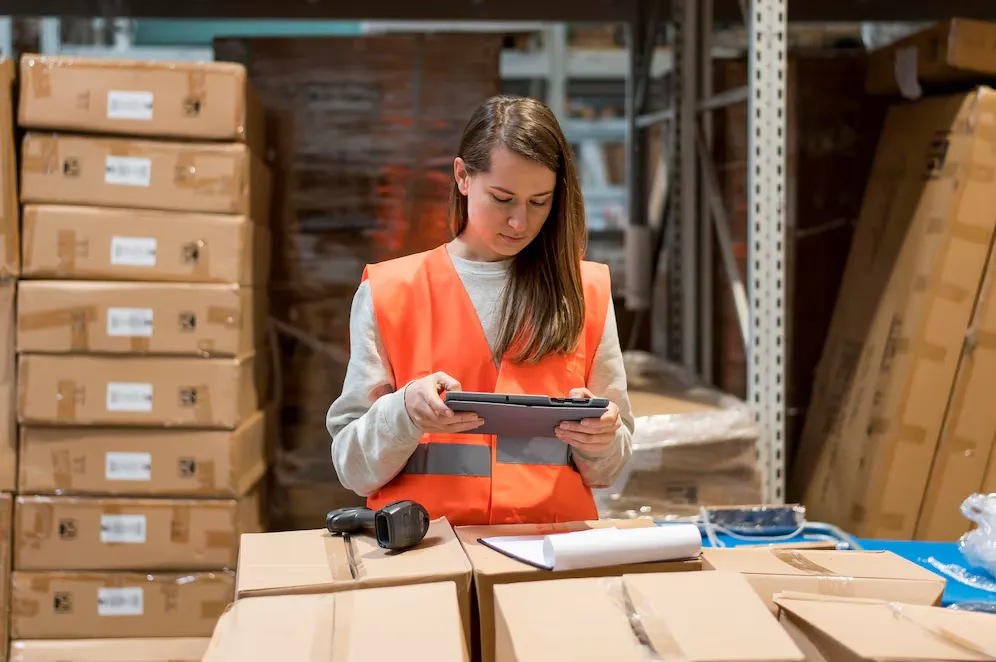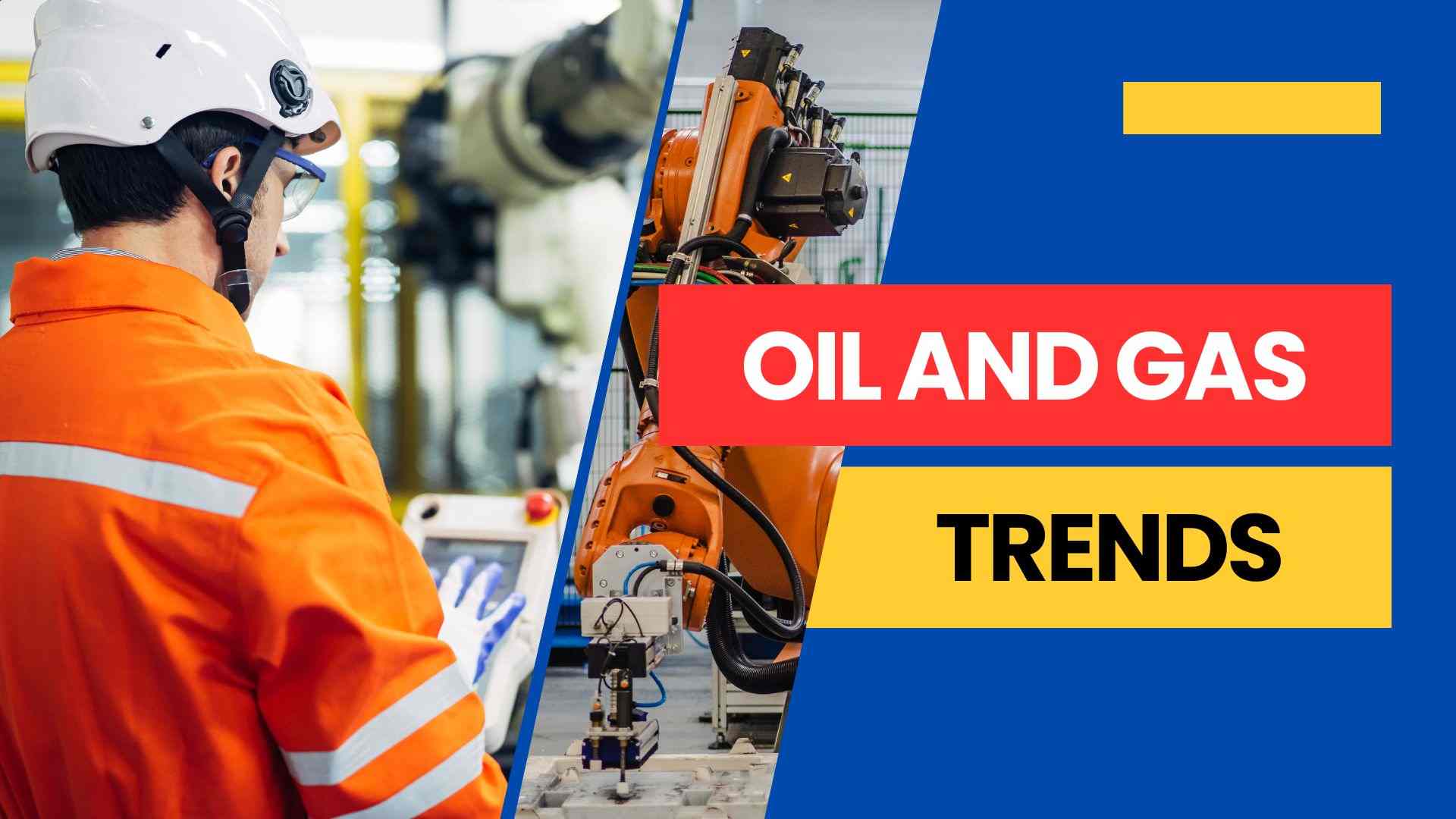
- News

Aerospace Technology Trends
The aeronautics industry is changing rapidly. Changes made from innovation and sustainability ambitions, as well as the rise of digital transformation, are changing flying faster than anyone could have predicted. In 2025, the aerospace industry will be at the tipping point of significant, disruptive change that will fundamentally change the way we design, use, and connect to aircraft and spacecraft. This article provides an overview of the latest aerospace technology trends that will shape both the aerospace and space industries. These changes should provide aerospace engineers, technological investors, and aviation enthusiasts with a vision of the future of the skies.
Sustainable Aviation: From SAFs to Hydrogen-Powered Aircraft
Pressure to decarbonize air travel has never been more intense. In response to international climate goals, the aerospace sector is heavily investing in sustainable aviation fuels (SAFs) and hydrogen powertrains.
Major Developments:
- SAFs can reduce lifecycle carbon emissions by up to 80% compared to conventional jet fuel.
- Hydrogen-airplanes, including the Airbus ZEROe, are eyeing commercial travel in the early 2030s.
- Hybrid-electric and all-electric regional aircraft are coming into test flights.
Sustainability has become a necessity over an aspiration for the aerospace industry. With the growing demands to combat climate change, hydrogen planes and SAFs are the catalysts to greener skies.
Artificial Intelligence & Autonomous Systems
- Autonomous logistics, surveillance, and defense drones.
- Artificial intelligence-based maintenance solutions that reduce downtime by leveraging real-time diagnostics.
- Autopilot systems enabling single-pilot or pilotless commercial airplanes shortly.
Space Commercialization and Low Earth Orbit Expansion
With Blue Origin, SpaceX, and Rocket Lab successes, the aerospace industry is witnessing a renaissance of commercial space technology.
Trends to Watch
- Reusable rocket technology reduces costs and raises frequency.
- LEO satellite constellations, such as Starlink expanding global internet coverage.
- Space travel that is commercially available, with Blue Origin and Virgin Galactic flights.
The space industry is rapidly transitioning from theory to reality, with huge implications for satellite communications, global access to the internet, and even space travel. Massive construction projects, such as building infrastructure in orbit or on the Moon, are becoming integral to this transformation. The space economy is growing at historic levels, and the potential is boundless.
Advanced Materials and Advanced Manufacturing Technologies
Materials science innovations are opening up the future to lghter, stronger, and more fuel-efficient aircraft.
Key Technologies:
- Carbon fiber matrix and ceramic matrix composites (CMCs) that are ultra-high temperature-resistant.
- Lightweight component additive manufacturing (3D printing), intricate geometries, and shorter production cycles.
- Nano-coatings are employed in thermal resistance and stealth in military aeronautic purposes.
These new materials are enabling engineers to design planes not only more efficiently but also durable enough to withstand the harshest conditions. Additive manufacturing is cutting production costs and speeding up the design-to-manufacture cycle.
Digital Twin Technology & Simulation
Aerospace engineering relies more and more on digital twin technology, where aircraft performance is simulated and tested virtually before actual manufacture.
Advantages:
- Enables virtual prototyping to speed up R&D.
- Improves systems integration in strctures, propulsion, and aeronautics.
- Shortens time to market and enhances safety testing.
Digital twins are now an integral part of aviation, enhancing the accuracy and efficiency of design and simulation. Digital twins speed up development, improve performance, and minimize operational risks.
Conclusion
The aerospace industry is a nexus of high-tech innovation and international demand for clean, efficient flight. From zero-emission aircraft to commercial space travel and AI-driven flight systems, advancements are accelerating at the leading edge. As 2025 unfolds, the industry stands at a pivotal turning point.
For manufacturers, engineers, and stakeholders, understanding these aerospace technology trends-along with the evolving role of industrial fasteners & bearings in ensuring safety, durability, and performance key to achieving long-term success and leadership. The future of aviation is already here, and it’s more thrilling than ever.
Related Posts
Explore 2025’s Breakthrough Aerospace Technologies
Stay ahead with expert insights on the innovations set to transform aerospace. From AI-powered flight systems to sustainable propulsion - see what’s next.



